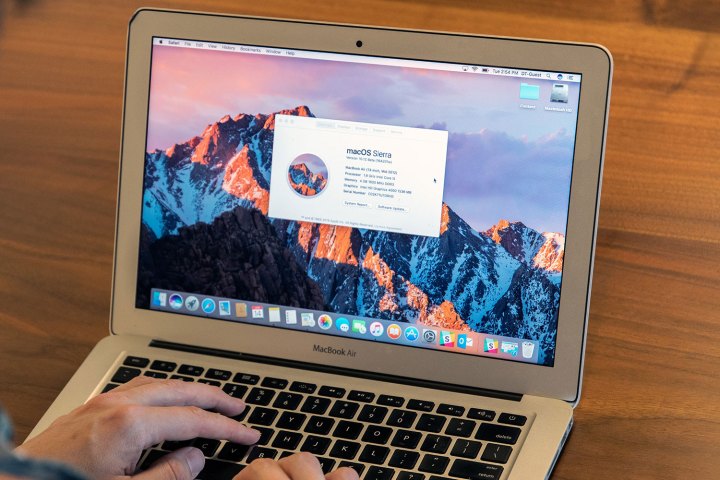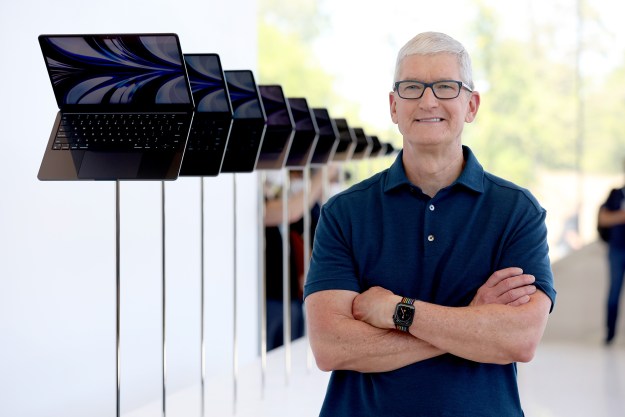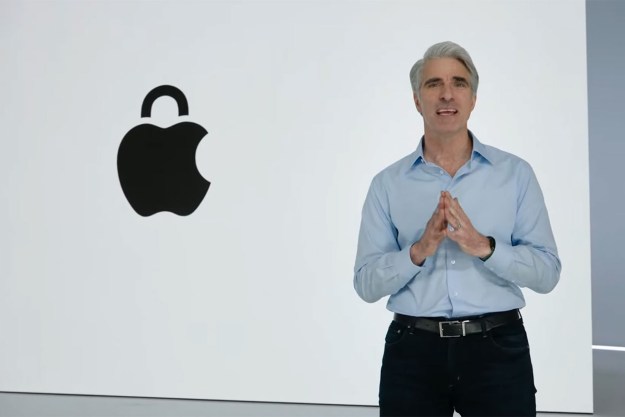
Notification Center gains a world of widgets from Siri

Apple added Notification Center to OS X back in 2012, and, in time, it replaced third-party tools like Growl entirely. In 2014, the Today screen made its first appearance on the Mac, offering a few built-in widgets alongside the notifications. App developers could also add their own widgets, and a few did, but overall, there’s not a lot of great content out there for the Today page.
MacOS Sierra could change that by adding a seemingly endless source of widgets. Anything Siri can search for can be pinned to the Notification Center, meaning everything from sports scores to stock prices can be added with just a voice search and a click.
Launch Siri with a keyboard shortcut, or disable her entirely

Apple showed off Siri at the WWDC keynote, but a few details were left out. Can the virtual assistant be disabled? What’s the keyboard shortcut for launching her? Is the voice customizable? When we fired up MacOS Sierra, we found a System Preferences pane that answers all of these questions.
Users can disable Siri entirely by unchecking the “Enable Siri” option, which sits directly below the logo on the left-hand side of the window. Anyone wishing to change the voice can do so, too, and anyone who doesn’t want Siri to talk back to them can disable Voice Feedback. Users can also configure which microphone to use, and set a custom keyboard shortcut for launching the assistant.
Users can also remove Siri from the menubar, which is great if you’re the kind of users who likes to keep things tidy up there. If only there was some way to remove the Spotlight icon as well!
RAID Support is back

Last year’s El Capitan annoyed more than a few power users. The problem? The new Disk Utility removed the ability to set up RAIDs from Disk Utility. The feature, which allows multiple hard drives to act as one for the sake of file redundancy, is back with MacOS Sierra. This probably shouldn’t have gone away in the first place, but it’s nice to see it return regardless.
Unsigned applications are now harder to launch

Apple has been locking down which applications run by default for a while now, and it seems like MacOS Sierra takes things a step further. It’s no longer possible for users to make running any and all software, regardless of its origin, the default behavior. For years, the Mac has kept applications from unidentified developers from running by default, but users had the option to allow any application to run in the System Preferences pane. For MacOS Sierra, that third option has been removed entirely.
This doesn’t mean software from unidentified developers can’t be run, however. Users can hold the Control key, click an application, and then click Open. But anyone who doesn’t know this trick won’t be able to launch unidentified software. From a security standpoint, this is probably for the best, but it also nudges users not-so-gently towards the Mac App Store, and not everyone will appreciate that.
Safari extensions move to the Mac App Store

Safari started offering extensions back in 2010, but they were something users had to seek out. If you installed OneNote, for example, you’d have to also install the OneNote extension for Safari to clip articles from the web. That changes with MacOS Sierra, as Safari extensions can now be bundled with applications in the Mac App Store.
In fact, if you click Safari in the menubar and then click Safari Extensions, you will be taken to a section of the Mac App Store with apps that offer extensions. This is similar to the way Notification Center widgets are distributed, and potentially gives Mac users a reason to occasionally open the Mac App Store.
New filesystem called APFS coming in 2017

Apple has used some variation of the Hierarchical File System (HFS) since 1985. That’s changing in 2017, with the release of Apple File System, or APFS, which is built from the ground up with solid state drives and flash memory in mind. This new filing system provides all kinds of new features, from built-in encryption, to timestamps that are accurate to the millisecond. It can even dynamically resize partitions when extra storage is needed.
APFS will be supported on all Apple devices, from the Mac and Apple Watch to the iPhone. It will not, however, be ready in time for MacOS Sierra’s release. Apple expects to launch the filesystem in 2017. Presumably, it will then be patched into MacOS Sierra, though the company may wait and add it in the next yearly MacOS update.
There’s more to come, we’ll be watching

There are a few more things we could mention here. Some code in the OS suggests that the rumored OLED bar above the keyboard could be coming, and Safari will begin disabling extensions like Flash by default. That said, we’ll be watching closely as MacOS Sierra develops in the coming months.
Editors' Recommendations
- Don’t download the latest macOS Ventura update just yet
- Apple quietly backtracks on the MacBook Air’s biggest issue
- macOS Sonoma public beta review: more than just screensavers
- This critical exploit could let hackers bypass your Mac’s defenses
- This macOS concept fixes both the Touch Bar and Dynamic Island



